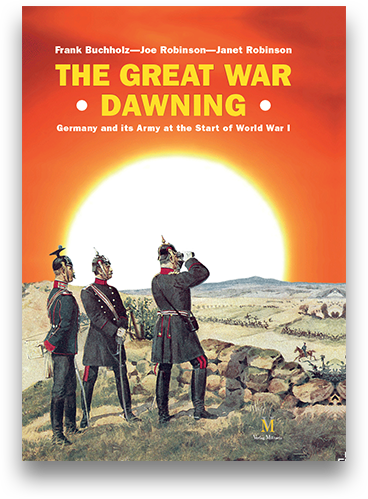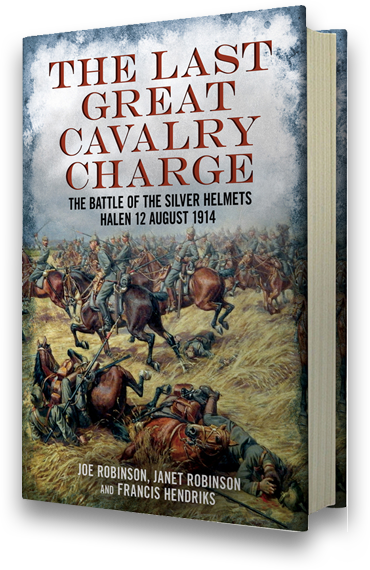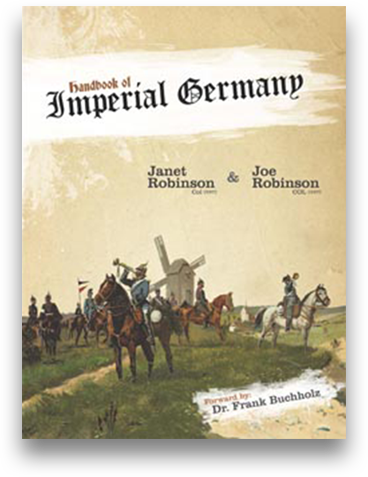Welcome !
The really big news is that we are selling excess stock of our new book”German Failure in Belgium, 1914″for $39. This is six dollars cheaper than Amazon. Just send us a message or a PayPal and we can personalize it. So you get two of the three authors to sign it and a dedicate it to whoever you want. An outstanding gift for a history buff. This is too easy and a no-brainer. Saves you money and you have to give gifts anyway.. If you were expecting this to be another view of the German army similar to the thought process of Dr. Zuber you would be dead wrong. If you grew up on Zuber buy this book and compare and contrast. This is a totally different point of view. An absolute must for any student who studied this in their education process. PayPal address is the same as email – joerookery@gmail.com
I have also started daily blogs with short articles on the start of World War I. Look at the site below… After you buy the book!
German1914.com
The purpose of this site is to share information about Imperial German stuff and keep my own findings straight. I don’t sell anything except occasionally my own books. I am no expert. I am an enthusiast. I give several opinions a day on things. It is what it is an opinion and you get what you pay for. It is free. It might not be right, and I have been wrong before and will be wrong again. But it is a heck of a lot of fun. I have been told this site is like a gold mine — true — you have to dig around a lot to find anything of value.
Latest Books
THE GERMAN FAILURE IN BELGIUM, AUGUST 1914
2019
Why do I want to buy this book? In the words of one reviewer: “Ijust started Reading German Failure (on page 34) I felt compelled to message you to say what a superb and valuable new insight it is in providing into the 1914 German army, its organization and its thinking…I am in awe of expertise and the amount of effort you all have put into the work… ”This should make academia sit up. This isnot your father’s Schlieffen plan. This shows the complete difference between what Schlieffen envisioned in his envelopment and what was executed by his successor Moltke in 1914. This is not about the 1905 Denkschrift. Rather, you get a complete view of what Holger Herwig called “technical problems” presented by Liège. That is followed by the Germans missing their primary objective of dispersing the Belgian Field Army and then continuing on to fail to envelop French left flank and the BEF.
Many historians over the last 100 years have concentrated on the fortress of Liège as the objective rather than a means to an end. Despite all of the German mistakes and failures, they almost pulled it off and could have ended the war in August 1914.
Having spent a great deal of our careers as educators, the perfect educators case study. This is not the battle of the Marne but rather the decision to avoid violating Dutch neutrality and force the Liege gap. Why did Moltke decide to do this? Why did the staff only offer a completely unworkable plan to force the Liege gap? Why did no one explain that the emperor had no clothes? Would you do the same? Did they do as Dr. Showalter said in a previous document: “commit suicide for fear of death?”
Dr. Dennis Showalter is a professor emeritus of history and probably America’s leading expert on German military history. A former president of the society of Military History he won the Pritzker Award in 2018.
“German Failure in Belgium, August 1914” was released in June 2019. In addition to retail booksellers we have a few copies that we could sell you for significantly less than Amazon. We can also personalize them. As we are retired, we could also provide presentations/case studies at no cost probably within 700 miles of Pensacola. Use the contact page if you are interested in either of these two options.
THE GREAT WAR DAWNING
2013
This authors’ tour de force is the definitive work of reference on the Germany’s Army in 1914, and to call it impressive would be a huge understatement. It the most complete work on the subject in the English language, (and probably German). This is no mere vade mecum, but, effectively, a one volume library on the topic which also includes a valuable an analysis of the nation’s social, political and economic structure before the war.

THE LAST GREAT CAVALRY CHARGE
2015
The First World War saw many changes to the way that warfare was conducted. Today, it is hard to believe that the use of cavalry was still seriously contemplated in 1914. However, the Battle of the Silver Helmets at Halen, on 12 August 1914, had been orchestrated on the previous successes of the cavalry of Frederick the Great. It was staged so that the German Fourth Cavalry Division would charge into glory with sabres rattling. Instead, twenty-four German officers, 468 men, and 843 horses were lost during no less than eight separate charges conducted on that day. The entire right wing of the Imperial German Army included only nine cavalry brigades in the well-known Schlieffen Plan, and two of those brigades were decimated in this one battle. The battle has not been explored in detail in the English language, as it took place before the British Expeditionary Force landed in the channel ports and well before any American involvement. Furthermore, British historians have generally focused on Germany’s efforts to enter Belgium through the forts at Liège, which are east of Halen. However, the Battle of the Silver Helmets destroyed a century-old cavalry tradition. An understanding of the battle explains why large-scale cavalry charges would never again be attempted on the Western Front.

HANDBOOK OF IMPERIAL GERMANY
2009
The purpose of this book is to provide a one-volume resource for collectors and historians with an Imperial German army interest. The more we researched, the more we found there were more stories, myths and misunderstandings about Imperial Germany than there were facts. Different authors addressed different aspects: collectors, historians and educators all had their own area of expertise, but there was no readily available resource to give a general overview of Imperial Germany. Though it is convenient to call it “Germany,” at the start of the First World War, there was still no united Germany, no German army, and no German officer corps. At 333 pages with 183 pictures and over 670 footnotes, this is an attempt to explain the intricacies of how the country worked – militarily, politically and socially.

NEUMANN & MÜLLER
Imperial German Military Catalogue
This is a reprint of two military effects catalogs from Imperial Germany. Historians and collectors will be amazed at what was offered for private purchase. From medals to swords to horse furniture to guns and spiked helmets, page after page has amazing detail. The width of Müller and the detailed depth of Neumann make these absolutely invaluable. Much of what is reprinted here has never been offered before. Discoveries in the Neumann catalog have revolutionized some thoughts about Imperial German collecting. This is a wonderful trip to the time of Kaiser Wilhelm II before WWI, and a must have resource.

Maps & Facts
of Imperial Germany


